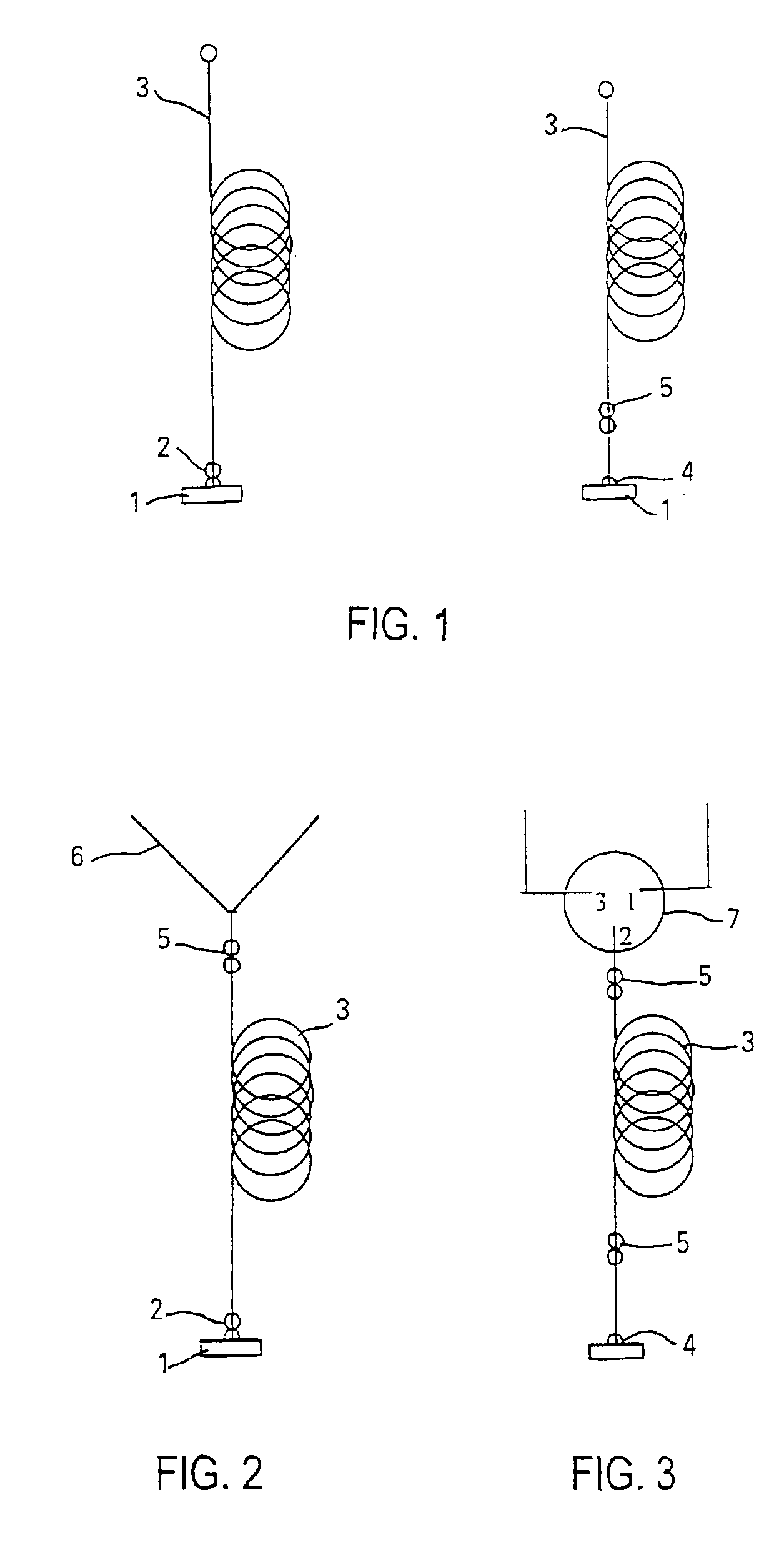Measuring method for individual fibers of cables
a technology of individual fibers and cables, applied in the direction of measuring structures/machines, testing of fibre optic/optical waveguide devices, instruments, etc., can solve the problems of not being able to return to the starting point, requiring spatial separation, time- and cost-intensive, etc., and achieves low susceptibility to faults, high reflectivity, and greater accuracy and speed
- Summary
- Abstract
- Description
- Claims
- Application Information
AI Technical Summary
Benefits of technology
Problems solved by technology
Method used
Image
Examples
Embodiment Construction
[0020]FIG. 1 demonstrates the measuring principle of a method for measuring relevant parameters of individual fibers of a cable according to the present invention. On the left side, a Schmidt mirror 1 on a fiber connector 2 is connected directly to a test fiber 3, and shown in the right-hand diagram is a glass-fiber cable piece, terminated with a Schmidt mirror connector 4 and a standard connector 5 which is connected to test fiber 3. It is known, for example, from H. Döring, J. Peupelmann, F. Wenzel: “Pr3+-doped fiber laser using direct coated dichroic mirrors”, Electr. Lett. Vol. 31 (1995), No. 13, p. 1068, which is hereby incorporated by reference herein, that it is possible to apply mirrors and filters of various kinds as dielectric coating systems to the end faces of fiber connectors. In the present example, a highly reflective mirror having a reflectivity>99.8% in the spectral range between 1200 and 1650 nm under consideration is applied to the end face of a fiber connector, a...
PUM
 Login to View More
Login to View More Abstract
Description
Claims
Application Information
 Login to View More
Login to View More - R&D
- Intellectual Property
- Life Sciences
- Materials
- Tech Scout
- Unparalleled Data Quality
- Higher Quality Content
- 60% Fewer Hallucinations
Browse by: Latest US Patents, China's latest patents, Technical Efficacy Thesaurus, Application Domain, Technology Topic, Popular Technical Reports.
© 2025 PatSnap. All rights reserved.Legal|Privacy policy|Modern Slavery Act Transparency Statement|Sitemap|About US| Contact US: help@patsnap.com



